Winter irrigation system projects
Related Articles
Winter is the time of year most golf course staff forget all about their irrigation – but if you don’t do anything to your irrigation system this winter you will have all the same problems that you experienced last season, and again you won’t have the time during the summer season. Here, Peter Robin offers tips on what you can do now to avoid more lengthy maintenance in a few months’ time.
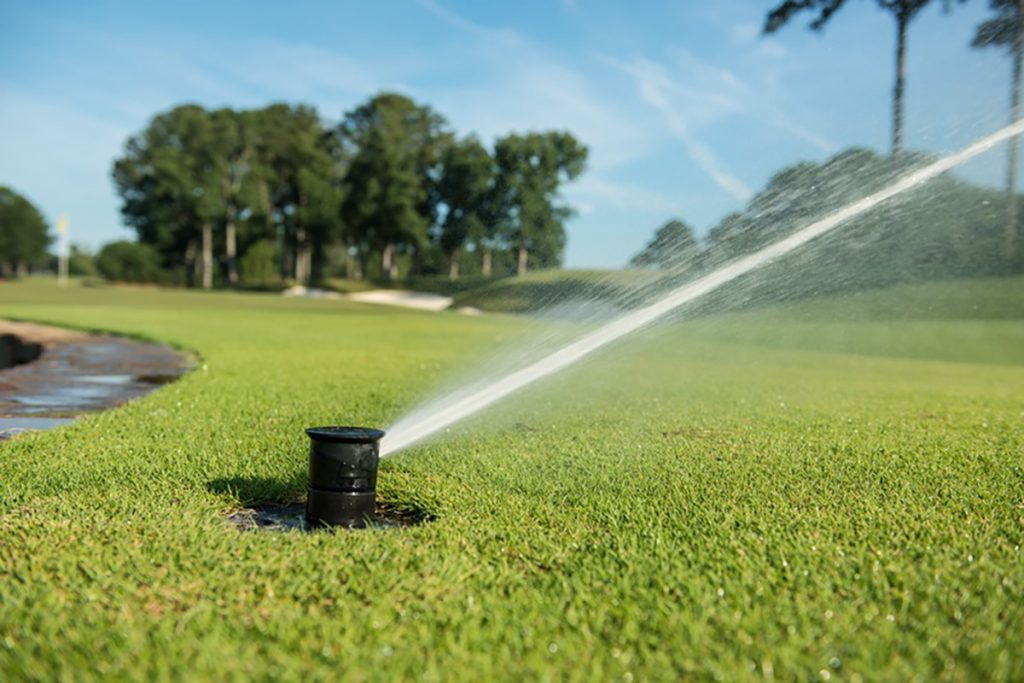
Sprinkler at ground level
If you want your irrigation system to function better next season then winter is the time you can do some ‘housekeeping’ which could dramatically improve your greens and tees when the summer heat strikes again.
My first suggestion derives from all the courses I visit where the pop-up rotors have sunk in the ground, often from years of topdressing. The top of a pop-up sprinkler should sit flush with the surface of the soil when it’s not operating. I have seen hundreds of sprinklers that sit several inches below the soil surface. This means that when the sprinkler pops up to irrigate, a huge amount of the water just hits the turf directly in front of the sprinkler and makes a big mess. This affects the sprinkler’s ability to operate properly and you’ll often have really poor water coverage as a result. Lifting a sprinkler is relatively simple if you have swing joints installed, although I’m not the one doing the digging! You’ll need to dig down far enough that you can pull the swing joint to lift the sprinkler. Use a straight edge like a rake handle across the ground surface to gauge the correct height of the rotor as you backfill the hole … leave half an inch difference to allow for the turf. Then pack the soil down hard around the swing joint and rotor. Finally make sure the rotor is vertical; this can make a massive difference to its throw and uniformity of coverage.
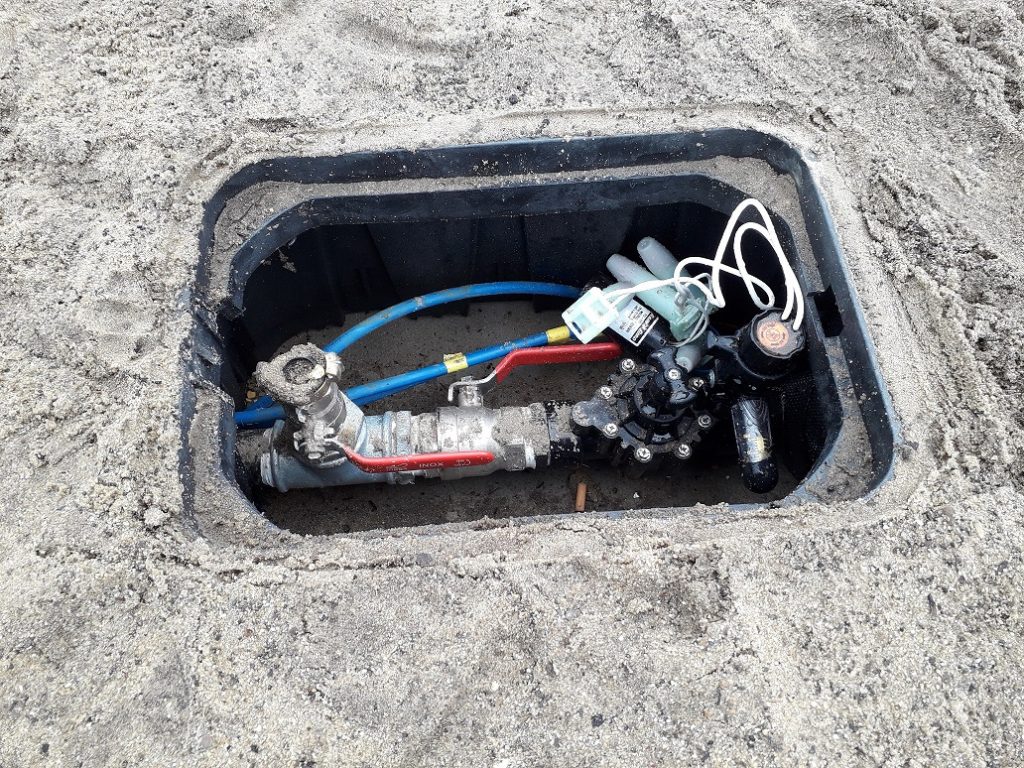
Solenoid valve box (open)
The benefit of this work is that you don’t need the irrigation system to be operating to make this important adjustment. You will also probably know of sprinklers that have been playing up or are just getting really old … it’s a chance to change them out for new ones. Talk to an Origin Amenity Solutions rep or your local irrigation contractor to purchase new quality Rain Bird rotors.
While you’re in the process of lifting sprinklers, take a look at your solenoid valve boxes. These boxes house all your solenoid valves, isolating valves and cable connections under the ground.
They are designed to take the weight of your machinery driving over them but are notorious for having slumped over time and can become a hazard to players. Digging up the box, cleaning out the soil from the solenoid manifold and reinstating the box at the correct height will make the area look much better and safer for players. Rain Bird supplies replacement lids so you don’t have to purchase a complete new box when the lids get lost or broken.
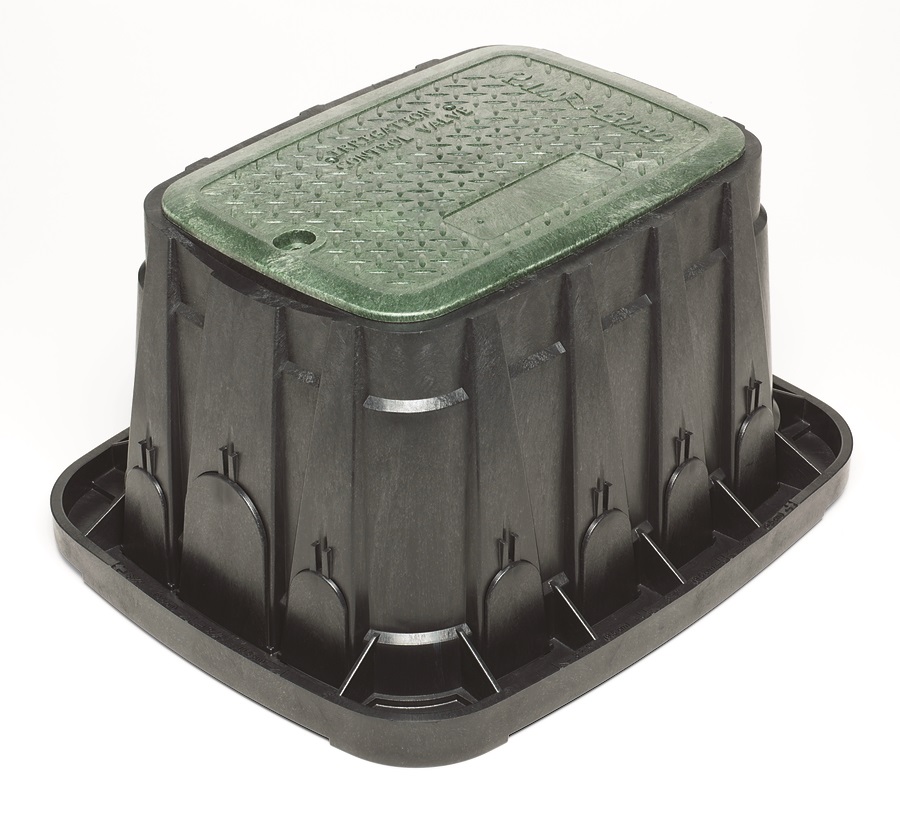
Valve box
However if valves or boxes are broken, now is the time to install new ones. Rusty gate valves can be replaced too.
Lots of courses have automatic control systems that aren’t working properly anymore. If you have areas of the course that used to be automatic but now the system won’t talk to the controller, it’s likely to be a solenoid cable fault. Often this is caused by cable connections that have corroded over time. Use a cable locator to track the cable path; you should be able to hire one. Most cable locators will tell you when there is a significant earth leakage (that is a cable break) and this is where you should start digging. If you repair a cable, always install the cable connections in a valve box so you can find them again.
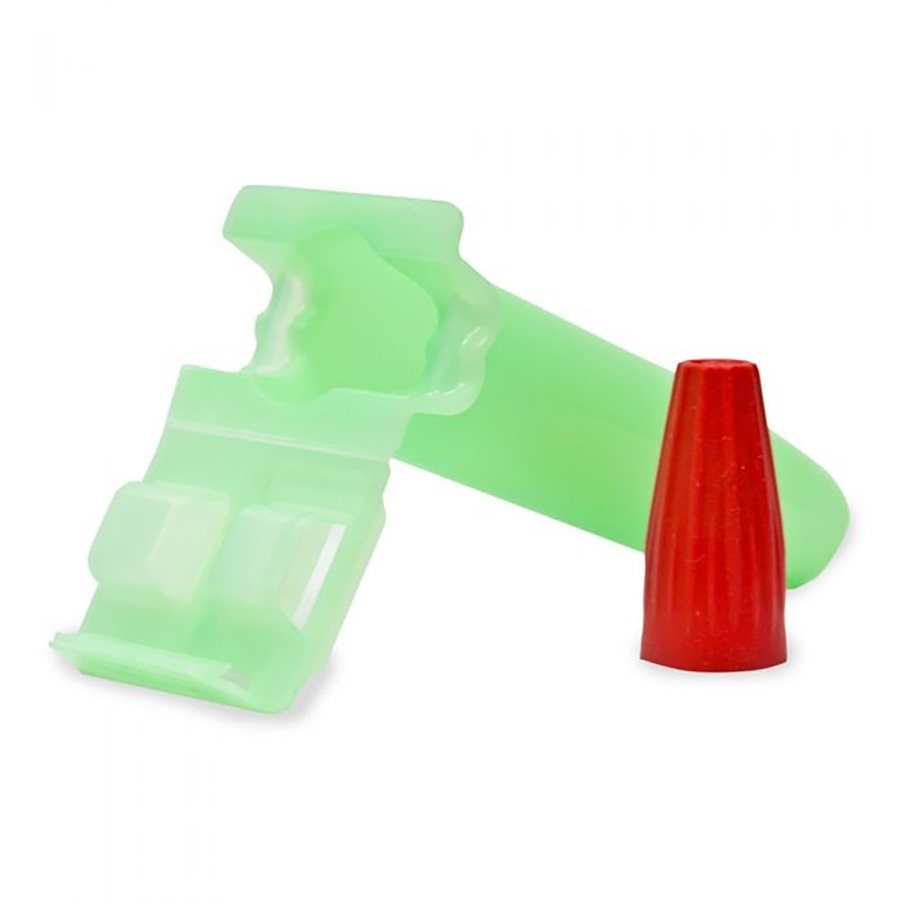
Cable connector
Most irrigation cable connectors are filled with grease. Don’t reuse the cable connectors. You can buy new irrigation cable connectors designed for decoder systems for around £2.50 each, which is cheap when the entire automatic irrigation system relies on them. If the copper in a cable joint is black from water ingress, cut the cable back a few inches and make a new connection. This sort of work isn’t difficult, and it is good for you to get proficient at repairing your own cable breaks. After a bit of time and patience you might very well find that your automatic irrigation system becomes automatic again!
Most controller systems on golf courses use decoders. If you have a solenoid valve that isn’t responding to your controller but you have power getting to it, the simplest way to test it is to swap the decoder for a new one that you know is working. You’ll need to have the new one programmed into the controller and then turn it on. If the sprinklers come on, you know it was the decoder (or the cable connections to the decoder).
Winter is a great time to give some love to your irrigation system, before the stress returns. If you have questions, contact your Rigby Taylor or Headland Amenity manager (Origin Amenity Solutions), or your preferred irrigation contractor.
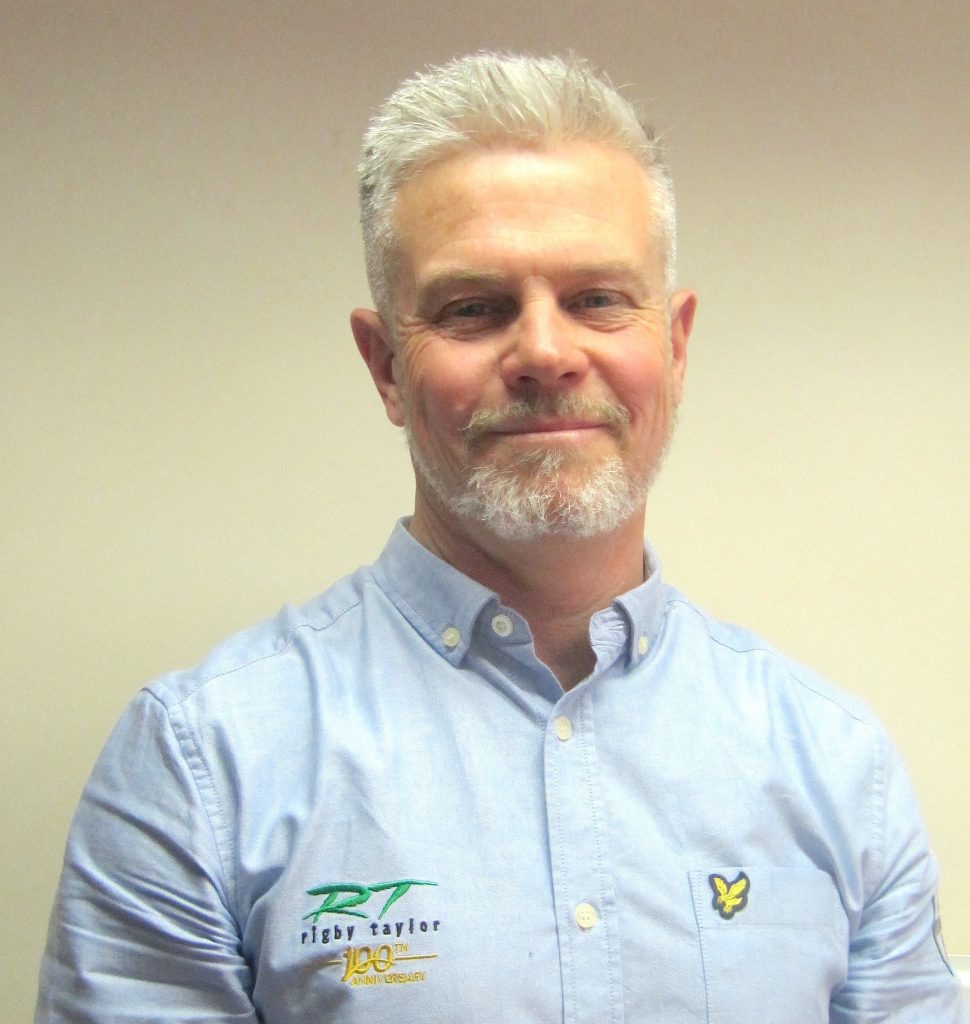
Peter Robin is the Origin Amenity Solutions’ irrigation product manager. For more information, visit www.originamenity.com or contact sales.irrigation@originamenity.com

























